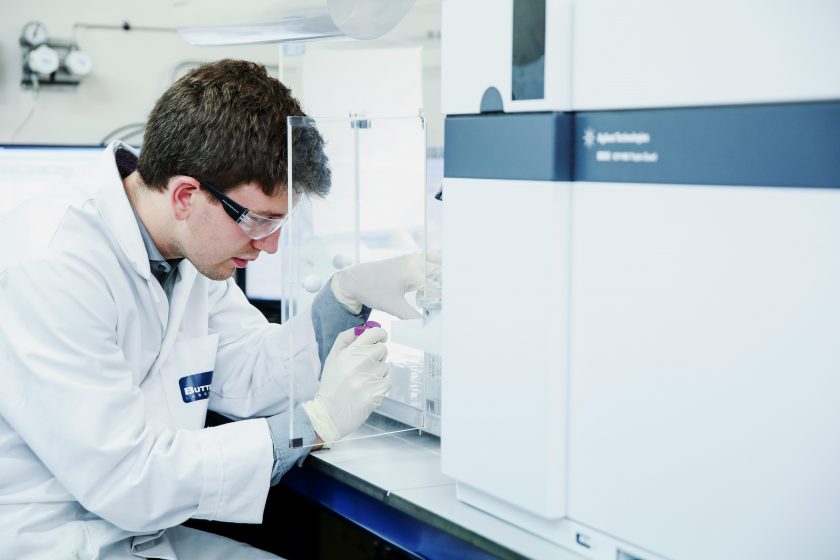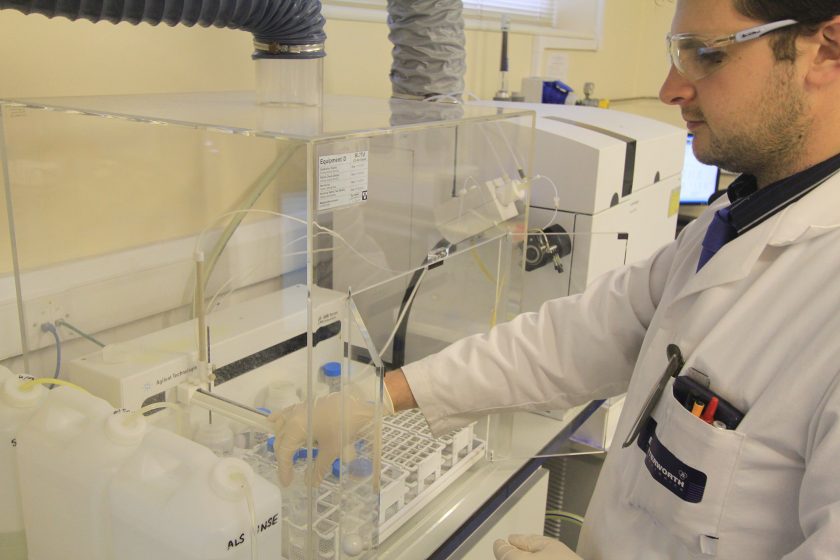Elemental impurities, including trace metals like lead, cadmium, and nickel, can originate from various sources during pharmaceutical manufacturing processes. Ensuring these impurities are within acceptable limits is crucial for patient safety and regulatory compliance. Butterworth Laboratories offers comprehensive elemental impurities testing services, aligning with ICH Q3D guidelines and pharmacopeial standards.
Regulatory Compliance and Risk Assessment
Our testing services adhere to international regulations, including:
- ICH Q3D: Guideline for elemental impurities in drug products.
- USP <232> and <233>: United States Pharmacopeia chapters on elemental impurities limits and procedures.
- Ph. Eur. 5.20: European Pharmacopoeia’s general chapter on elemental impurities.
We assist clients in conducting risk assessments to identify potential sources of elemental impurities, evaluating their impact, and implementing control strategies to ensure product safety and compliance.
Advanced Analytical Techniques
Butterworth Laboratories employs state-of-the-art instrumentation for precise detection and quantification of elemental impurities:
- Inductively Coupled Plasma Optical Emission Spectroscopy (ICP-OES): Suitable for multi-element analysis with high throughput.
- Inductively Coupled Plasma Mass Spectrometry (ICP-MS): Offers ultra-trace detection capabilities for a wide range of elements.
- ICP-MS/MS: Provides enhanced selectivity and sensitivity, reducing potential interferences.
Our methods are validated to meet stringent regulatory requirements, ensuring reliable and reproducible results.
Tailored Method Development and Validation
Recognising the unique needs of each client, we offer customised method development and validation services:
- Method Development: Designing analytical procedures tailored to specific matrices and regulatory requirements.
- Method Validation: Confirming that analytical methods are suitable for their intended purpose, following ICH guidelines.
- Method Verification: Assessing the performance of existing methods under specific laboratory conditions.
Our experienced analysts work closely with clients to ensure methods are robust, efficient, and compliant.
Quality Assurance and Accreditation
Butterworth Laboratories is committed to maintaining the highest quality standards:
- GMP Compliance: Operating under Good Manufacturing Practice to ensure product quality and safety.
- MHRA Inspected: Regular inspections by the Medicines and Healthcare products Regulatory Agency affirm our commitment to regulatory compliance.
- UKAS Accredited: Accreditation by the United Kingdom Accreditation Service under ISO/IEC 17025 standards.
Our quality assurance framework ensures that all testing services meet or exceed industry standards.
Additional Resources
- Elemental Impurity Analysis in Pharmaceuticals – White Paper
- The Case of the Disappearing Metal Tests – Blog Article
- Lead, Cadmium, and Nickel in Magnesium Stearate by ICP-MS – Article For more information or to discuss your specific testing requirements, please contact our team.
Frequently Asked Questions
Elemental impurities are trace amounts of metals or inorganic contaminants that may unintentionally be present in pharmaceutical products. They can originate from raw materials, catalysts, manufacturing equipment, water, or packaging components. Examples include arsenic, cadmium, mercury, and lead—metals known for their potential toxicity, even at very low concentrations.
Testing is essential because elemental impurities can pose serious health risks to patients, affecting organs such as the liver, kidneys, and nervous system. In addition, the presence of these impurities can compromise the stability, safety, and effectiveness of a drug product. Regulatory guidelines require that elemental impurities be identified, quantified, and controlled to ensure patient safety.
A risk assessment is critical for determining the likelihood and extent of elemental impurities in a drug product. Instead of relying only on routine testing, a structured risk assessment helps identify potential sources of impurities, evaluate exposure levels, and determine whether testing is required. This approach ensures compliance with global guidelines (such as ICH Q3D) while avoiding unnecessary testing, saving both time and resources.


